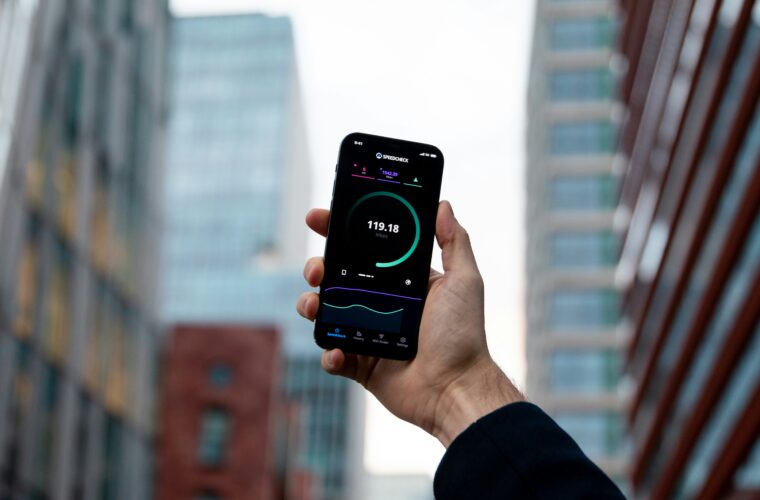Oppo launches the Reno8 series and brings its first tablet to Europe
Oppo has a direct line to Paris, the city that in 2018 marked the company’s arrival in Europe with its smartphones and now marks the debut of the Chinese giant’s first tablet on European markets. The event staged at the Palais Brongniart, from 1885 to 1998, home to the Paris Stock Exchange, so much so that it was also known as the Palais de la Bourse, was also the occasion for the launch of the Band 2, a new wrist model with features to monitor physical activity, sleep and stress. The most relevant novelty, however, is the Reno8 family, a new range in the medium-high bracket of smartphones that the brand proposes, especially for the very young, completing the offer towards the top of the sector that Oppo presides over with the Find X series.
The ingredients on which the companies work to churn out a smartphone capable of catching the eye and standing out from the crowd are by now always the same: design, camera, and battery, to which are added the functionalities linked to the respective operating systems to speed things up and tickle the interest of the more seasoned users. However, the arrival of other devices is a sign of the challenge Oppo wants to take up. To make its way in Europe to win the appeal that will, in time, allow it to excel in the battle with its compatriot brands (Xiaomi and Vivo) to play on equal terms with Samsung, aware that the advantage of the Koreans as a market leader, recognition and credibility on a global scale represents a highly complex climb.
Focus on Europe
Whatever happens, the certainty is that Oppo will continue to focus strongly on Europe, bolstered by the diminishing role of Huawei, damaged by the ban imposed by the United States. Oppo is currently present in 21 European countries and, through Billy Zhang, Vice President of Overseas Sales and Services, has promised that it will offer a more unified range of products across Europe than the current catalogue. In the meantime, it moves in a big way at the marketing level, as demonstrated by its partnership with the Uefa Champions League, unveiled at the Paris event.

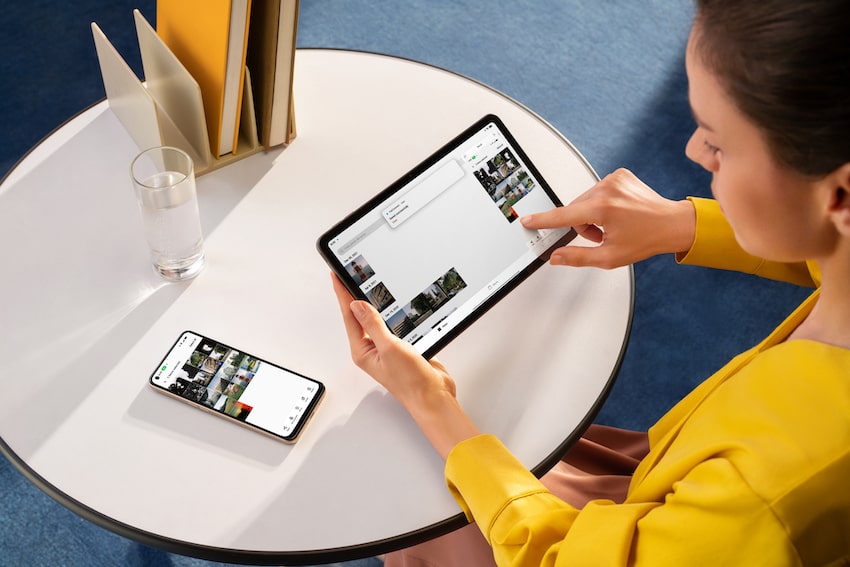
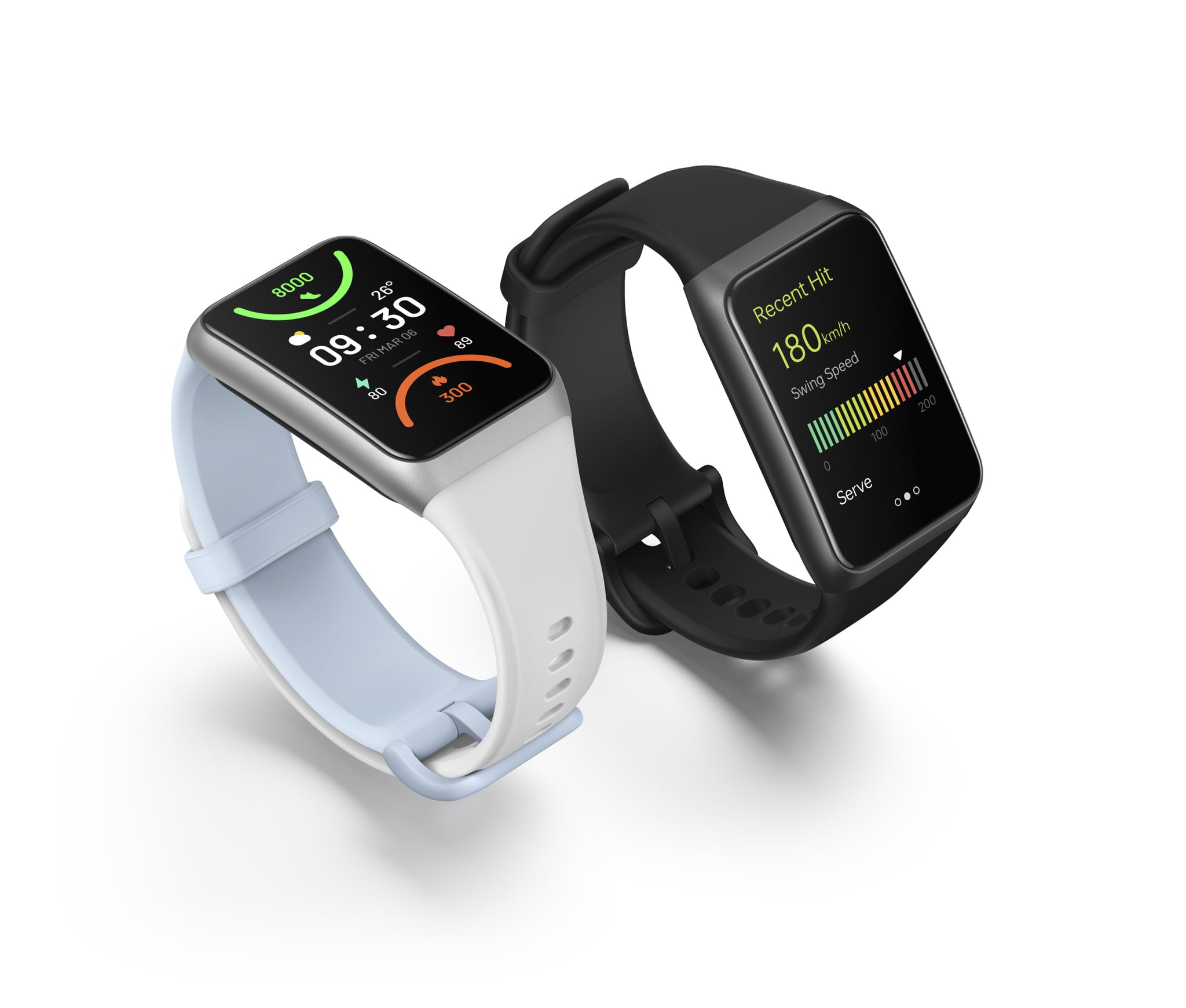
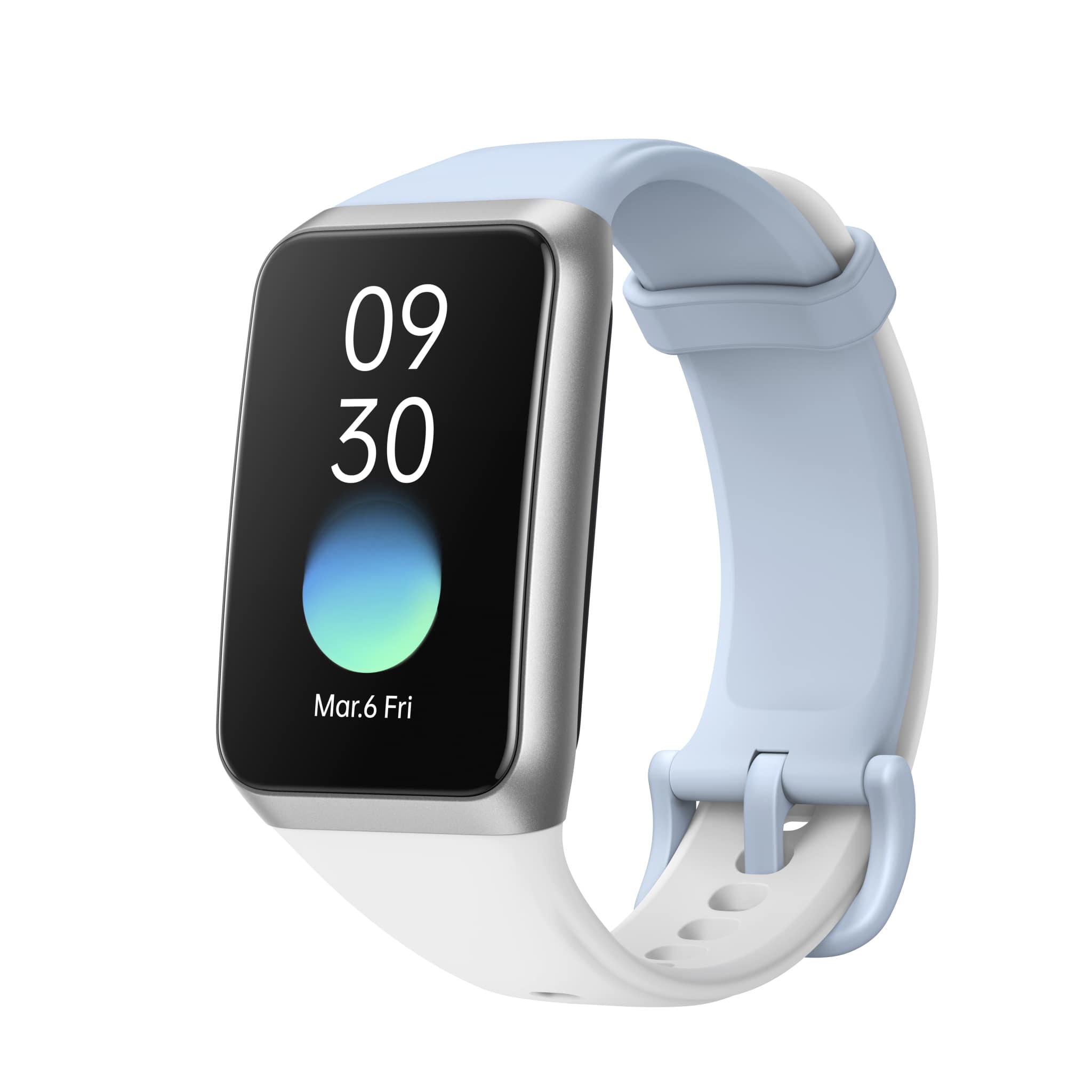
Reno8 series
Looking at the numbers announced by the company, the Reno family is a successful operation to spread the brand vision. Over the past three years, according to Canalys reports, more than 80 million units of the series have been sold worldwide, and with the eighth generation, the aim is to continue in this vein with two models.
The flagship Reno8 Pro and the standard version stand out at first glance due to their design and the abundant photo module on the back integrated with the rear panel. The single-piece Gorilla Glass casing leaves a good impression in terms of look and feel, but also on the scale (183g) and ease of use with one hand, by virtue of a thickness of 7.34mm. Of course, the beauty of the solution clashes with the fingerprints that remain after touching. Still, one prefers the search for novelty over the monotony of choices dictated by a lack of courage.
Features
The device’s heart is the lenses it sports, with two excellent Sony signature cameras on the rear and front. In the first case, there is a 50-megapixel Sony IMX766 sensor that, thanks to the added white pixels, allows 60% more light to be captured than standard RGGB sensors. In the second case, the 32MP sensor from the same Japanese manufacturer IMX709 offers 1/1.56-inch dimensions. These measurements allow for excellent shots, particularly during the day and in bright environments, although the results change somewhat using the other two cameras on the rear. The ultra-wide 8MP is good, but you could have done better, not least because Oppo could perhaps have spared itself the 2MP macro camera, which on other smartphones has proven to be of little use.
When it comes to stills and video, however, the difference-maker is MariSilicon X, an NPU that Oppo has developed in-house to improve image processing and make 4K night clips stand out thanks to the Ultra Night Video mode. In the photos taken during the first test period, the presence of the Neural Processing Unit can be seen in the calibration of colours, details, and sharpness of the scene, the result of the combination of the computing power of 18 trillion operations per second and the limited power consumption guaranteed by MariSilicon X, which replicates many of the features seen on the Find X5 Pro.
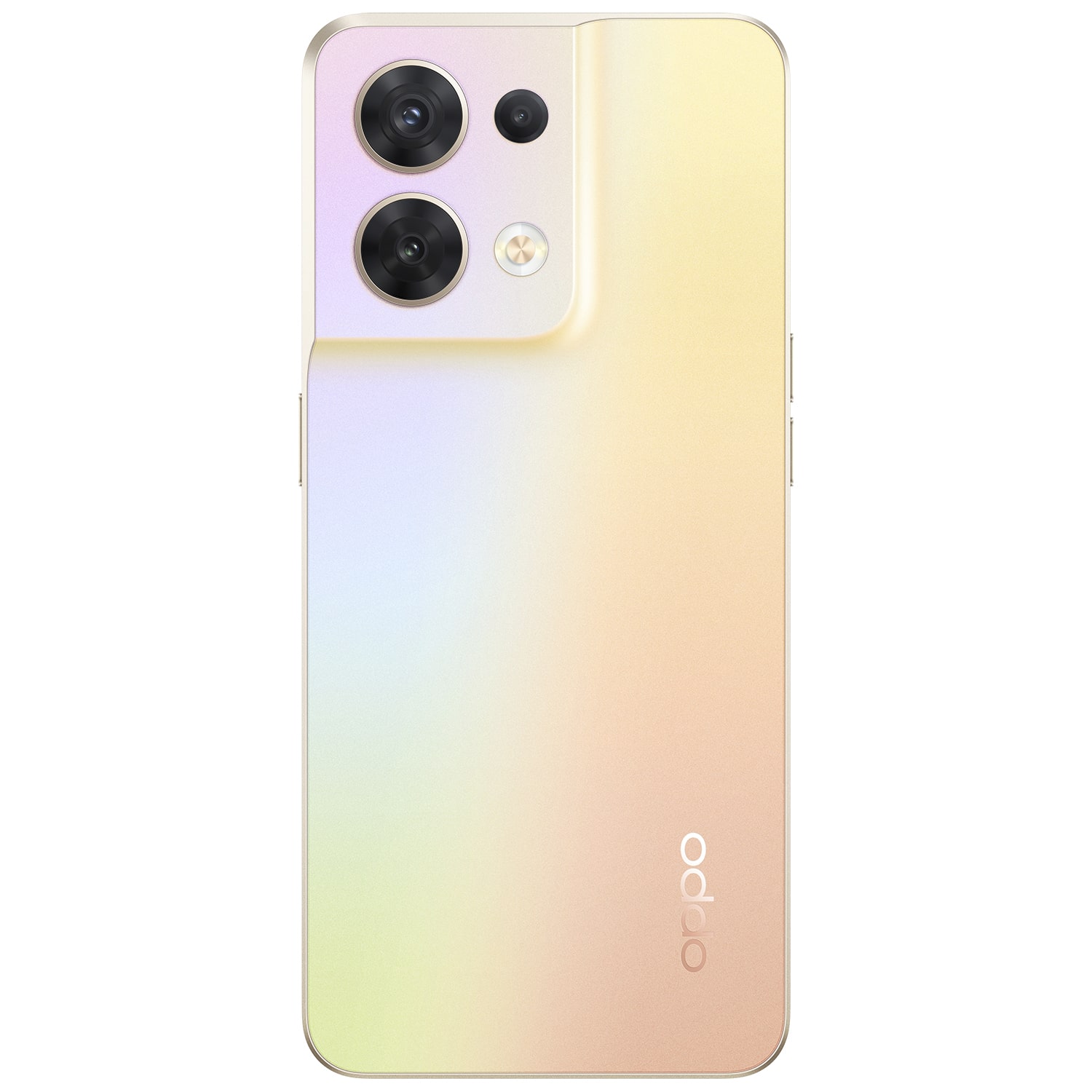

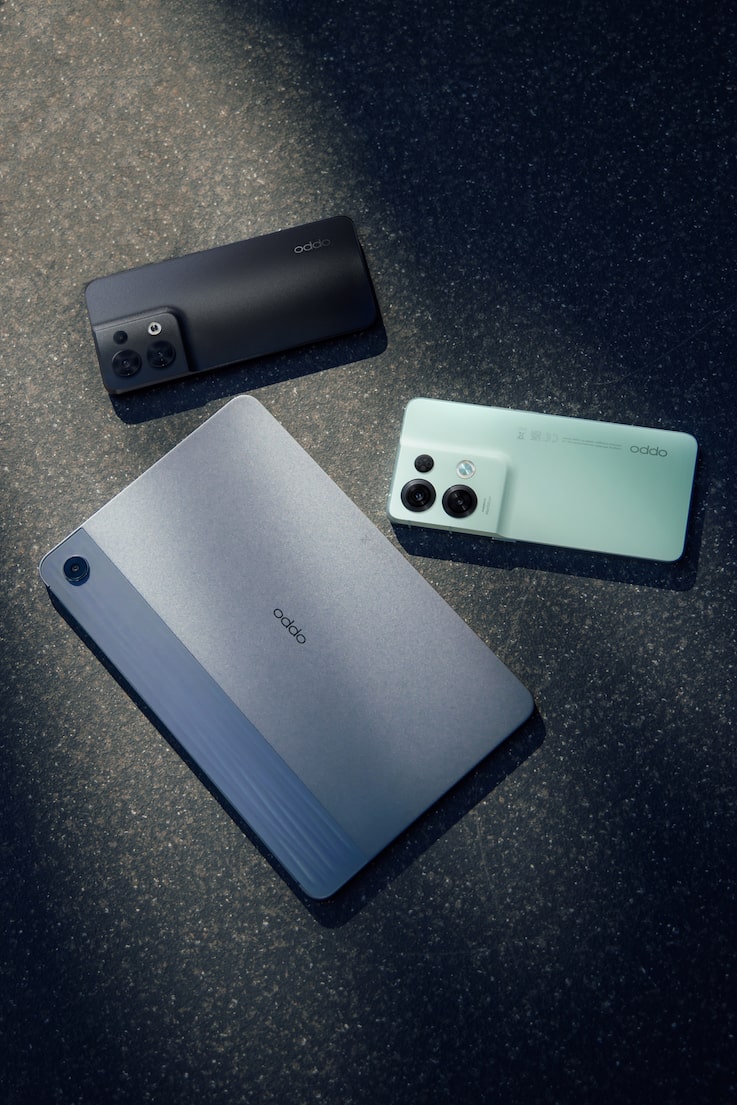
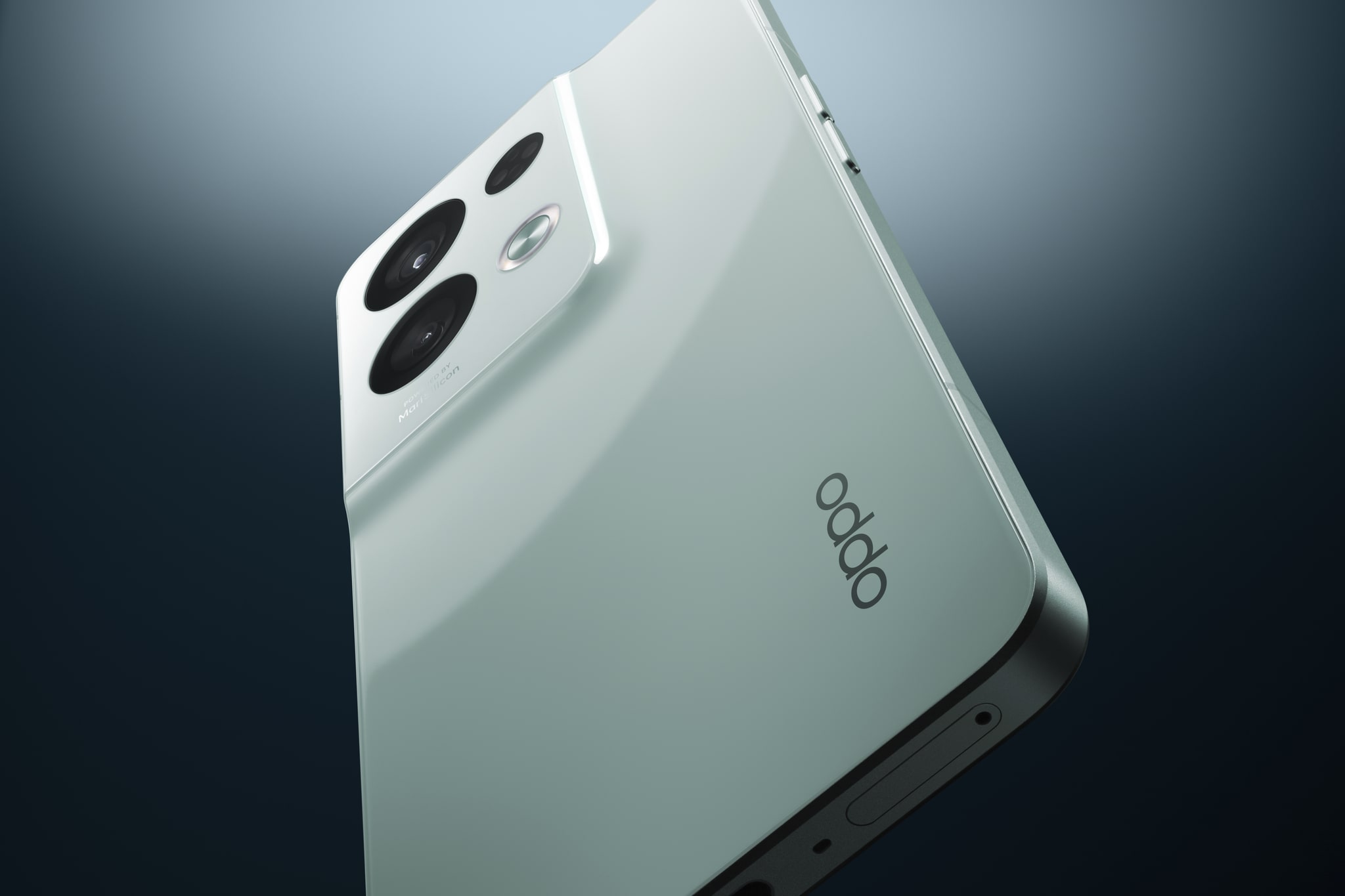
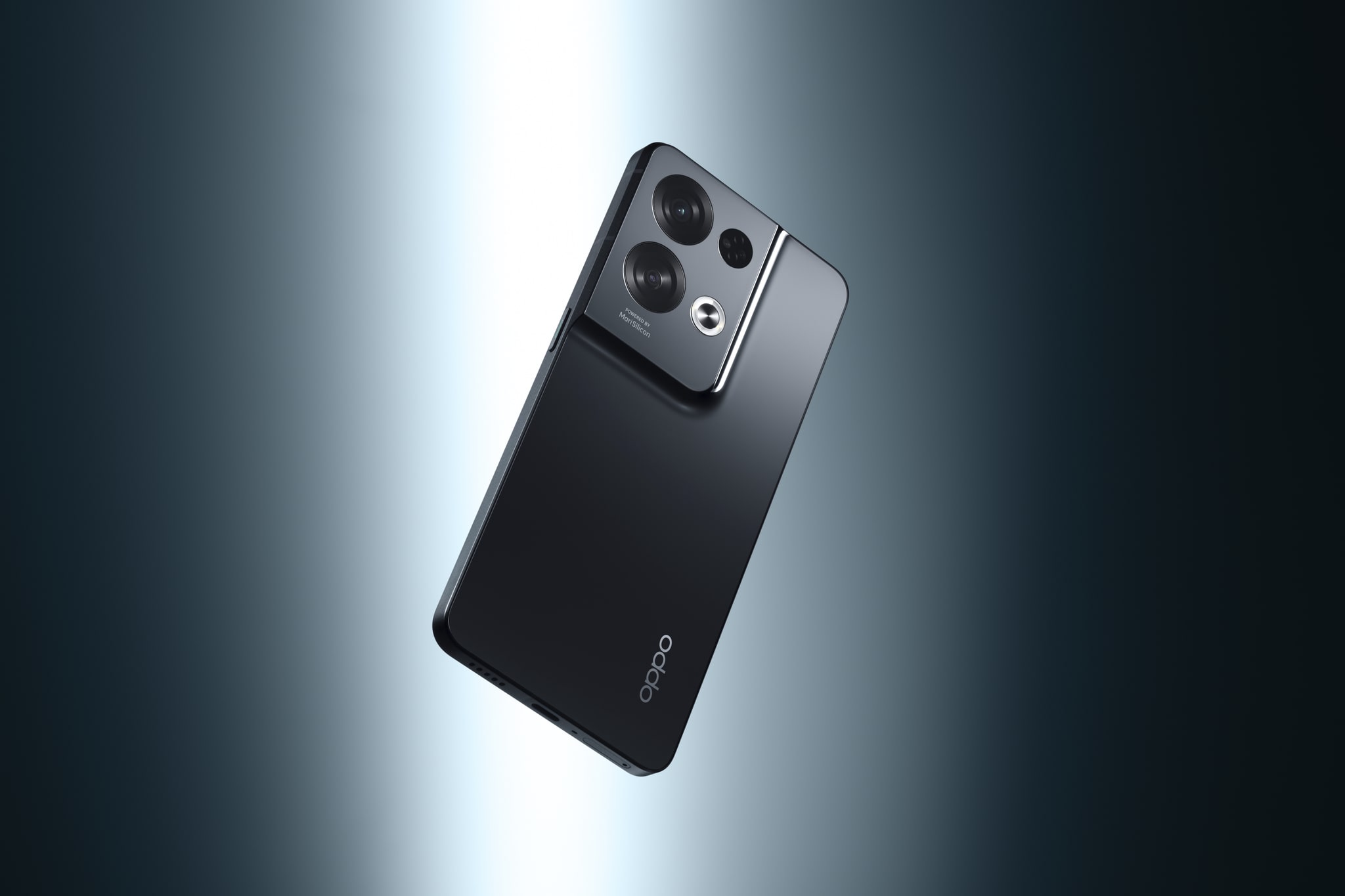
Smartphones
The Reno 8 Pro 5G features a 6.7-inch FHD+ AMOLED display with a 120 Hz refresh rate and a MediaTek Dimensity 8100-Max SoC. It’s not the best on the market, but compared to Qualcomm’s Snapdragon, it ensures better battery life and the ability to keep the final price down. There is also 8GB of LPDDR5 RAM and 256GB of non-expandable storage. The 4,500mAh battery deserves a separate mention because of the 80W SuperVooC fast charging that allows the smartphone to be recharged up to 50 percent in 11 minutes and complete the cycle in 30 minutes. Oppo engineers have worked to maintain the module’s effectiveness and, thanks to the Battery Health Engine, have found a way to keep the battery above 80 percent of its original capacity even after 1,600 charge cycles. Thus doubling the current average maintenance time, which is around 800 cycles.
The front camera hole on the left instead of the centre is one of the Reno8’s differences from its Pro brother, along with the 6.4-inch display with a 90Hz refresh rate and the Dimensity 1300 processor. The main cameras are the same, however, as is the battery. Colours and prices are different, however. The Reno8 Pro is available in Glazed Green and Glazed Black at a price of €799.90, while the Reno8 stands out in the Shimmer Gold version, in addition to the more traditional Shimmer Black, and is on sale for €599.90. In both cases, there are various promotions including other devices (such as the True Wireless Enco X2 and Enco Free 2 earphones or the Watch Free) for those who purchase either model.
Oppo Pad Air
This is the Pad Air, Oppo’s first tablet in European markets. Two-tone design with metal joints, 3D textures, and grooves that improve grip and avoid leaving fingerprints, as well as optimised software with ColorOS for Pad and a 10.36-inch 2K display. 6.94mm thick and weighing just 440g, the device has some multi-display functions to make it easier for those who choose Oppo’s phone-tablet combo. One example is drag and drop for sharing notes and speeding up work. There are four speakers with Dolby Atmos support for listening to music and watching movies, while the 7,100 mAh battery provides around 10 hours of autonomy. The price is attractive: €299.99 for the 4GB Ram and 64GB storage version and €349.99 for the 4GB+128GB model (again with a pair of earphones and band included in the price).
Band 2
Oppo also enriches its wearable offering with the Band 2, which monitors heart rate and sleep levels using a 6-axis motion sensor. At the same time, there is a dedicated tennis feature for athletes, with the recognition of different strokes and the recording of racket swings. Weighing 33g, it has a 1.57-inch display and a battery that gets you through the day without any problems with a 5-minute charge. Missing from Band 2, for now, is only the price, which Oppo will announce later.



